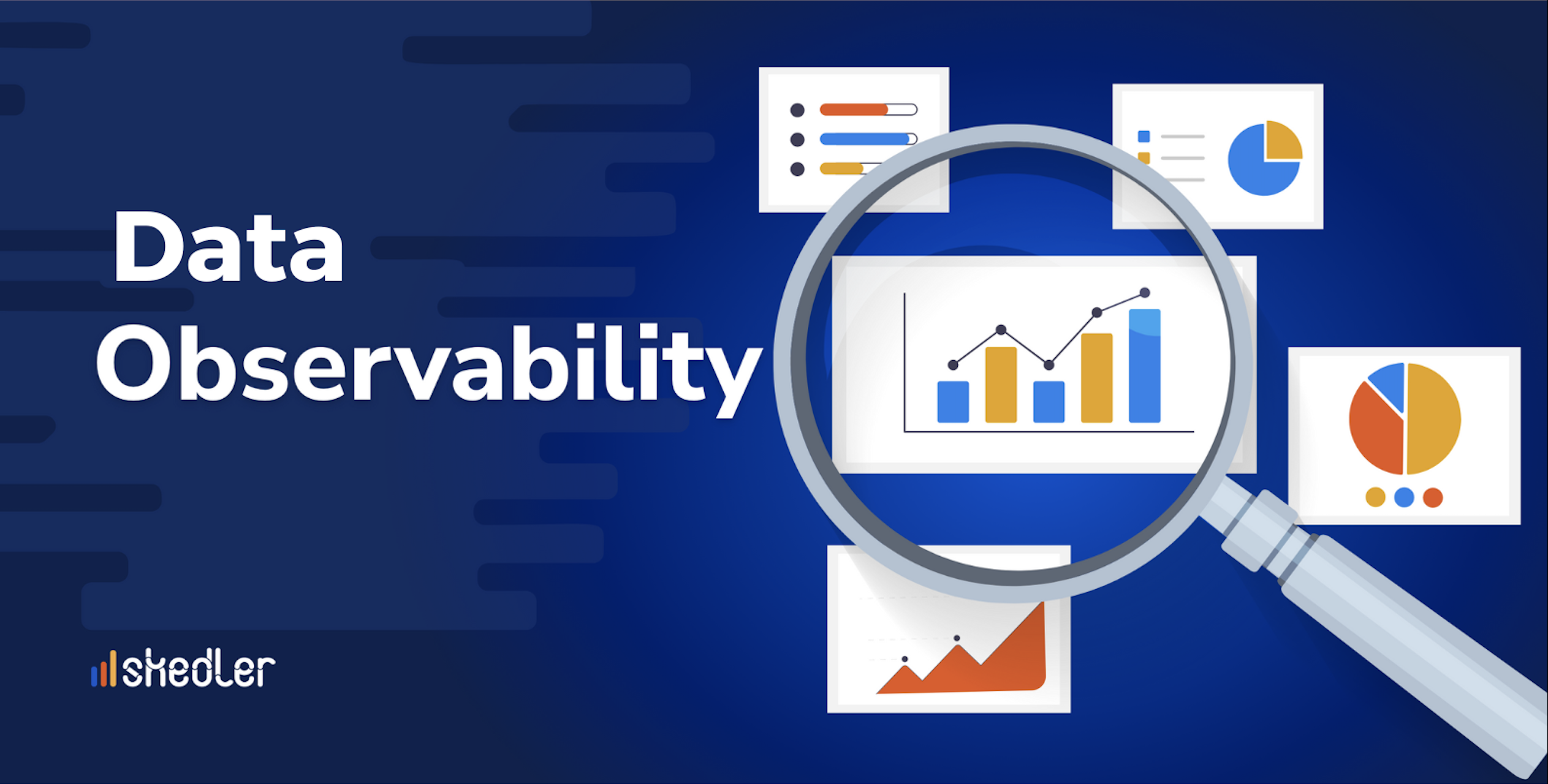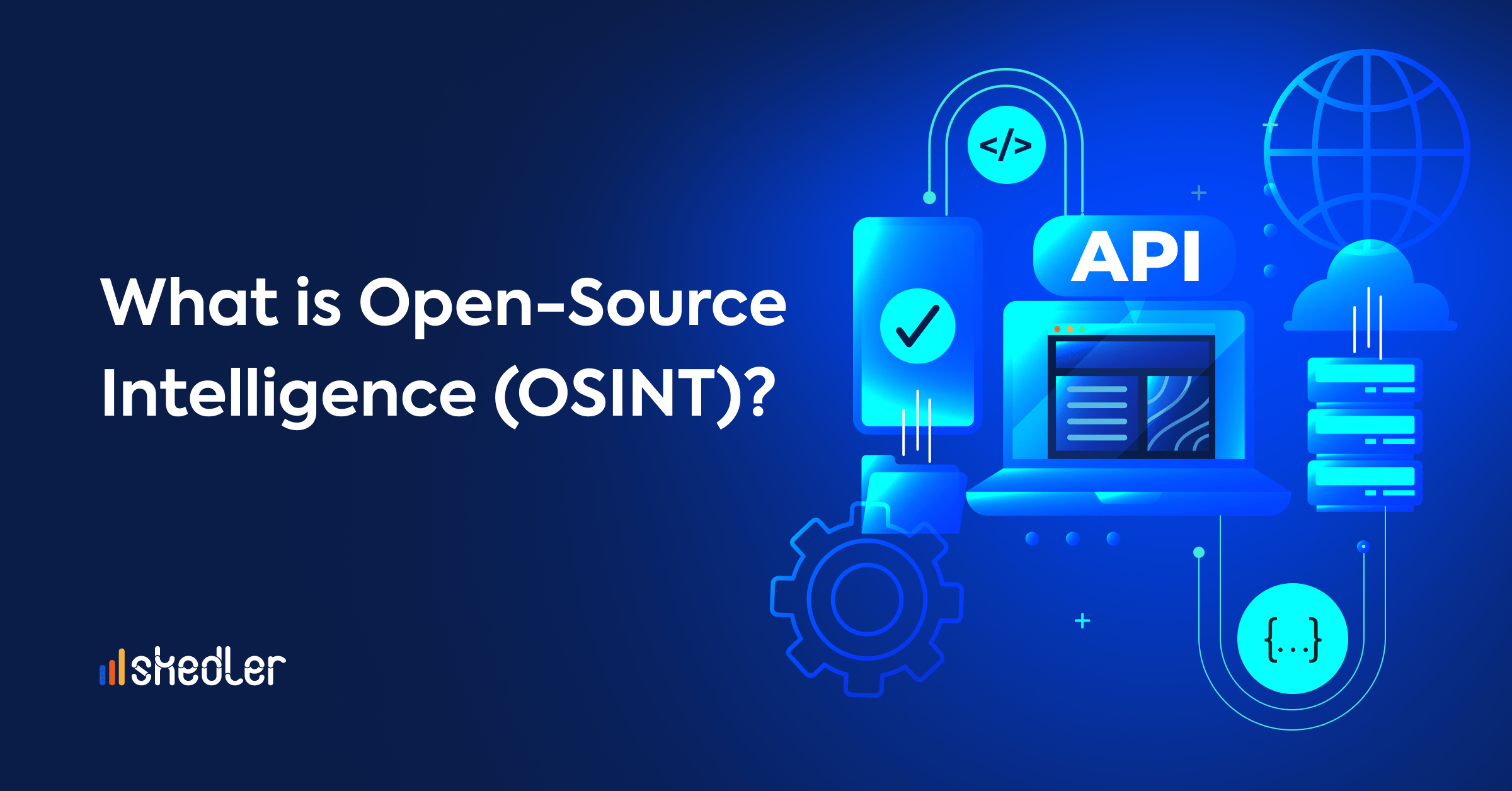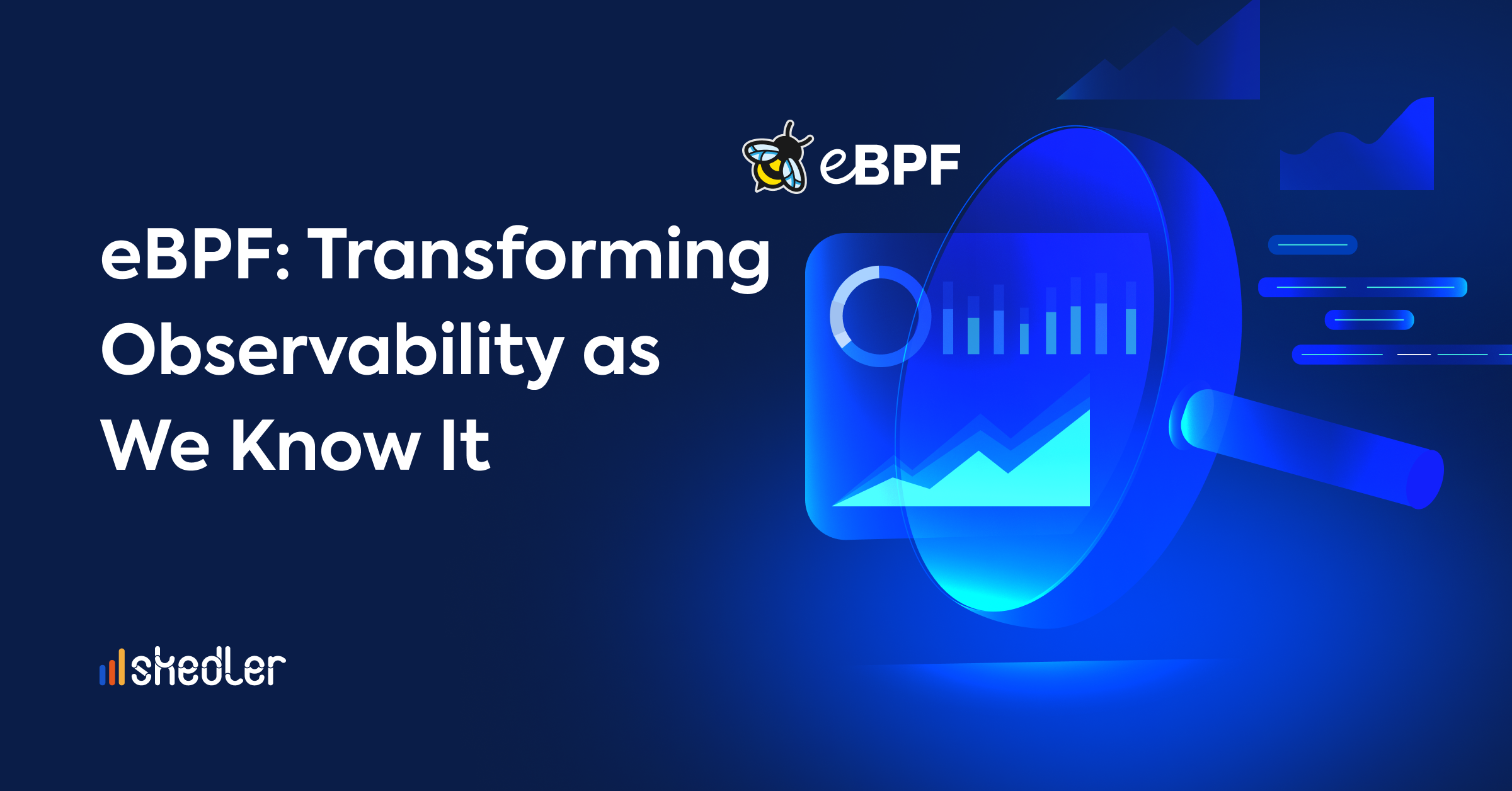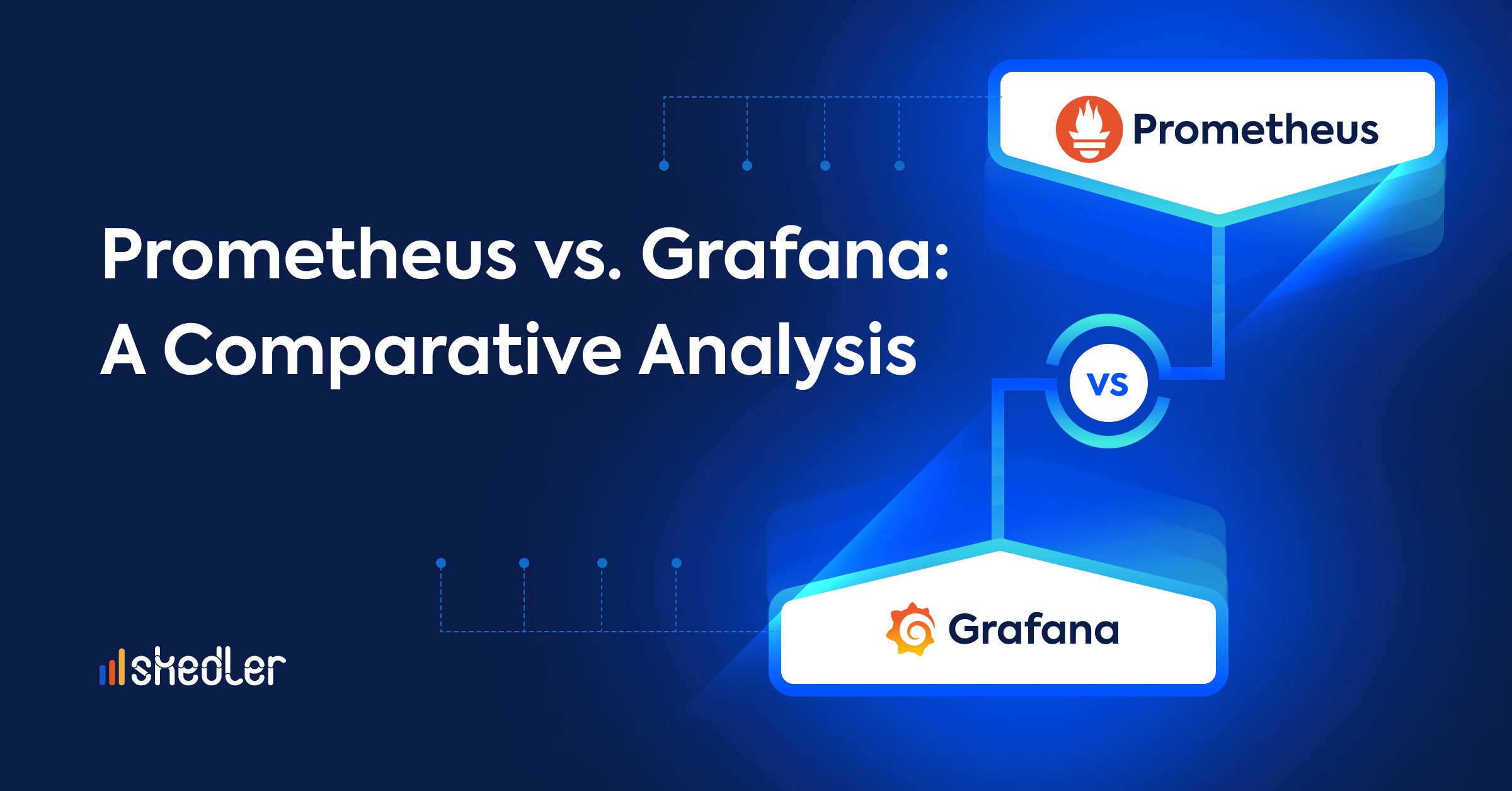Everything You Need to know about Data Observability
Data derived from multiple sources in your arsenal affects the business decision. It may be data that your marketing team needs or you need to share some statistics with your customer; you need reliable data. Data engineers process the source data from tools and applications before it reaches the end consumer.
But what if the data does not show the expected values? These are some of the questions related to bad data that we often hear:
- Why does this data size look off?
- Why are there so many nulls?
- Why are there 0’s where it should be 100’s?
Bad data can waste time and resources, reduce customer trust, and affect revenue. Your business suffers from the consequences of data downtime—a period when your data is missing, stale, erroneous, or otherwise compromised.
It is not acceptable that the data teams are the last to know about data problems. To prevent this, companies need complete visibility of the data lifecycle across every platform. The principles of software observability have been applied to the data teams to resolve and prevent data downtime. This new approach is called data observability.
What is Data Observability?
Data observability is the process of understanding and managing data health at any stage in your pipeline. This process allows you to identify bad data early before it affects any business decision—the earlier the detection, the faster the resolution. With data observability, it is even possible to reduce the occurrence of data downtime.
Data observability has proved to be a reliable way of improving data quality. It creates healthier pipelines, more productive teams, and happier customers.
DataOps teams can detect situations they wouldn’t think to look for and prevent issues before they seriously affect the business. It also allows data teams to provide context and relevant information for analysis and resolution during data downtime.
Pillars of Data Observability
Data observability tools evaluate specific data-related issues to ensure better data quality. Collectively, these issues are termed the five pillars of data observability.
- Freshness
- Distribution
- Volume
- Schema
- Lineage
These individual components provide valuable insights into the data quality and reliability.
Freshness
Freshness answers the following questions:
- Is my data up-to-date?
- What is its recency?
- Are there gaps in time when the data has not been updated?
With automated monitoring of data intake, you can detect immediately when specific data is not updated in your table.
Distribution
Distribution allows us to understand the field-level health of data, i.e., is your data within the accepted range? If the accepted and actual data values for any particular field don’t match, there may be a problem with the data pipeline.
Volume
Volume is one of the most critical measurements as it can confirm healthy data intake in the pipeline. It refers to the amount of data assets in a file or database. If the data intake is not meeting the expected threshold, there might be an anomaly at the data source.
Schema
Schema can be described as data organization in the database management system. Schema changes are often the culprits of data downtime incidents. These can be caused by any unauthorized changes in the data structure. Thus, it is crucial to monitor who makes changes to the fields or tables and when to have a sound data observability framework.
Lineage
During a data downtime, the first question is, “where did the data break”? With a detailed lineage record, you can tell exactly where.
Data lineage can be referred to as the history of a data set. You can track every data path step, including data sources, transformations, and downstream destinations. Fix the bad data by identifying the teams generating and accessing the data.
Benefits of using a Data Observability Solution
Prevent Data Downtime
Data observability allows organizations to understand, fix and prevent problems in complex data scenarios. It helps you identify situations you aren’t aware of or wouldn’t think about before they have a huge effect on your company. Data observability can track relationships to specific issues and provide context and relevant information for root cause analysis and resolution.
Increased trust in data
Data observability offers a solution for poor data quality, thus enhancing your trust in data. It gives an organization a complete view of its data ecosystem, allowing it to identify and resolve any issues that could disrupt its data pipeline. Data observability also helps the timely delivery of quality data for business workloads.
Better data-driven business decisions
Data scientists rely on data to train and deploy machine learning models for the product recommendation engine. If one of the data sources is out of sync or incorrect, it could harm the different aspects of the business. Data observability helps monitor and track situations quickly and efficiently, enabling organizations to become more confident when making decisions based on data.
Data observability vs. data monitoring
Data observability and data monitoring are often interchangeable; however, they differ.
Data monitoring alerts teams when the actual data set differs from the expected value. It works with predefined metrics and parameters to identify incorrect data. However, it fails to answer certain questions, such as what data was affected, what changes resulted in the data downtime, or which downstream could be impacted.
This is where data observability comes in.
DataOps teams become more efficient with data observability tools in their arsenal to handle such scenarios.
Data observability vs. data quality
Six dimensions of measuring data quality include accuracy, completeness, consistency, timeliness, uniqueness, and validity.
Data quality deals with the accuracy and reliability of data, while data observability handles the efficiency of the system that delivers the data. Data observability enables DataOps to identify and fix the underlying causes of data issues rather than just addressing individual data errors.
Data observability can improve the data quality in the long run by identifying and fixing patterns inside the pipelines that lead to data downtime. With more reliable data pipelines, cleaner data comes in, and fewer errors get introduced into the pipelines. The result is higher quality data and less downtime because of data issues.
Signs you need a data observability platform
Source: What is Observability by Barr Moses
- Your data platform has recently migrated to the cloud
- Your data team stacks are scaling with more data sources
- Your data team is growing
- Your team is spending at least 30% of its time resolving data quality issues.
- Your team has more data consumers than you did 1 year ago
- Your company is moving to a self-service analytics model
- Data is a key part of the customer value proposition
How to choose the right data observability platform for your business?
The key metrics to look for in a data observability platform include:
- Seamless integration with existing data stack and does not require modifying data pipelines.
- Monitors data at rest without having to extract data. It allows you to ensure security and compliance requirements.
- It uses machine learning to automatically learn your data and the environment without configuring any rules.
- It does not require prior mapping to monitor data and can deliver a detailed view of key resources, dependencies, and invariants with little effort.
- Prevents data downtime by providing insightful information about breaking patterns to change and fix faulty pipelines.
Conclusion
Every company is now a data company. They handle huge volumes of data every day. But without the right tools, you will waste money and resources on managing the data. It is time to find and invest in a solution that can streamline and automate end-to-end data management for analytics, compliance, and security needs.
Data observability enables teams to be agile and iterate on their products. Without a data observability solution, DataOps teams cannot rely on its infrastructure or tools because they cannot track errors quickly enough. So, data observability is the way to achieve data governance and data standardization and deliver rapid insights in real time.



